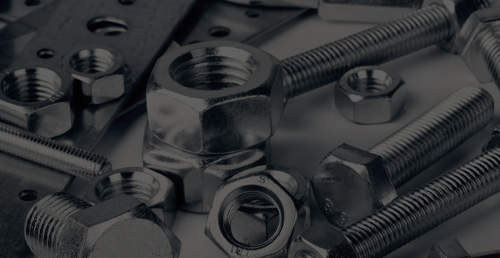A Comprehensive Guide to Various Types of Foundation Bolts for Construction Applications
Types of Foundation Bolts An Overview
Foundation bolts, also known as anchor bolts, are critical components in structural engineering, primarily used to secure structures to their foundations. These bolts are designed to resist various forces and stresses, ensuring the stability and integrity of buildings and other constructions. Understanding the different types of foundation bolts is essential for engineers and builders to select the most appropriate ones for their specific applications.
1. L-bolts
L-bolts are shaped like the letter L and are commonly used in construction to anchor structures to concrete foundations. The long end of the L-bolt is embedded in the concrete, while the short end typically protrudes above the surface. This design is particularly effective for holding down machinery and equipment, providing robust anchoring in environments subjected to vibrations and dynamic loads.
2. J-bolts
J-bolts are similar to L-bolts but are shaped like the letter J. The curved part allows for easier anchoring of structures at different angles. J-bolts are often used in applications where the bolt needs to be set at an angle or when there is a requirement for a stronger grip on the concrete. The effective design aids in resisting pull-out forces, making J-bolts suitable for various construction tasks, including the installation of utility poles and guard rails.
3. Straight anchor bolts
Straight anchor bolts are perhaps the most common type used in construction. These bolts are simply cylindrical rods that are embedded into concrete foundations. They can be installed vertically or horizontally, depending on the construction needs. Straight anchor bolts are available in various sizes and materials, making them versatile for different applications. They may also be furnished with nuts and washers to provide additional support.
types of foundation bolts

4. Epoxy-coated and galvanized bolts
In environments that are exposed to moisture and corrosive elements, the longevity of foundation bolts is a concern. Epoxy-coated bolts are treated with a protective epoxy coating that prevents rust and corrosion. Similarly, galvanized bolts are coated with zinc, providing a sturdy layer of protection against elements. These types are particularly recommended for outdoor installations or coastal regions where salty air may accelerate corrosion.
5. Swaged anchor bolts
Swaged anchor bolts have a thinner shaft that transitions to a thicker end. This design is meant to allow for a higher level of control in terms of force distribution, making swaged anchor bolts particularly effective in areas where components may bear heavy loads. They are often used in heavy machinery installations and structures that need dynamic load management.
6. Post-installed anchors
With the evolution of construction techniques, post-installed anchors have gained popularity. These anchors are inserted into pre-drilled holes in the concrete after the concrete has cured. This flexibility allows for quick repairs and modifications, making them ideal for retrofitting older structures. Post-installed anchors can be of various types, including expansion anchors and adhesive anchors, providing multiple options for securing loads in existing concrete.
Conclusion
In summary, the selection of foundation bolts is crucial in ensuring the stability and safety of any constructed structure. Each type of foundation bolt serves a unique purpose and is designed to meet specific engineering requirements. By understanding the various types available, builders and engineers can make informed decisions that will contribute to the durability and longevity of their projects. Ultimately, choosing the right foundation bolt can significantly impact the overall performance and reliability of a structure, underscoring the importance of careful consideration in the design and construction processes.
-
Weatherproof Plastic Expansion Anchors for OutdoorXov xwmJun.06,2025
-
Sustainability in the Supply Chain: Eco-Friendly TEK Screws ProductionXov xwmJun.06,2025
-
Load-Bearing Capacity of External Insulation FixingsXov xwmJun.06,2025
-
Double Head Bolts: Enhancing Efficiency in Industrial MachineryXov xwmJun.06,2025
-
Corrosion Resistance in Chipboard Screws: Coatings for Wholesale DurabilityXov xwmJun.06,2025
-
Butterfly Toggle Bolts : Enhancing Structural ResilienceXov xwmJun.06,2025
